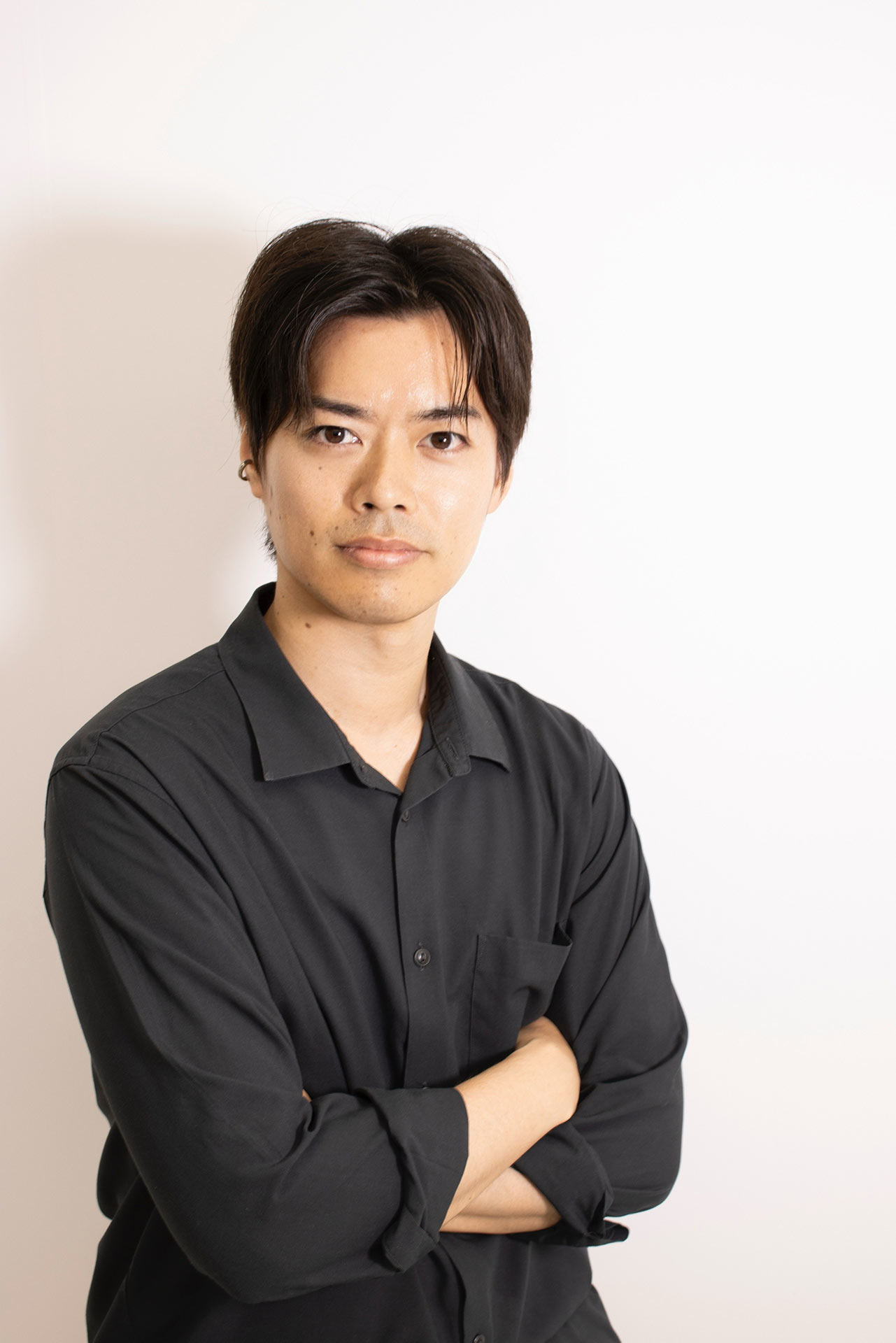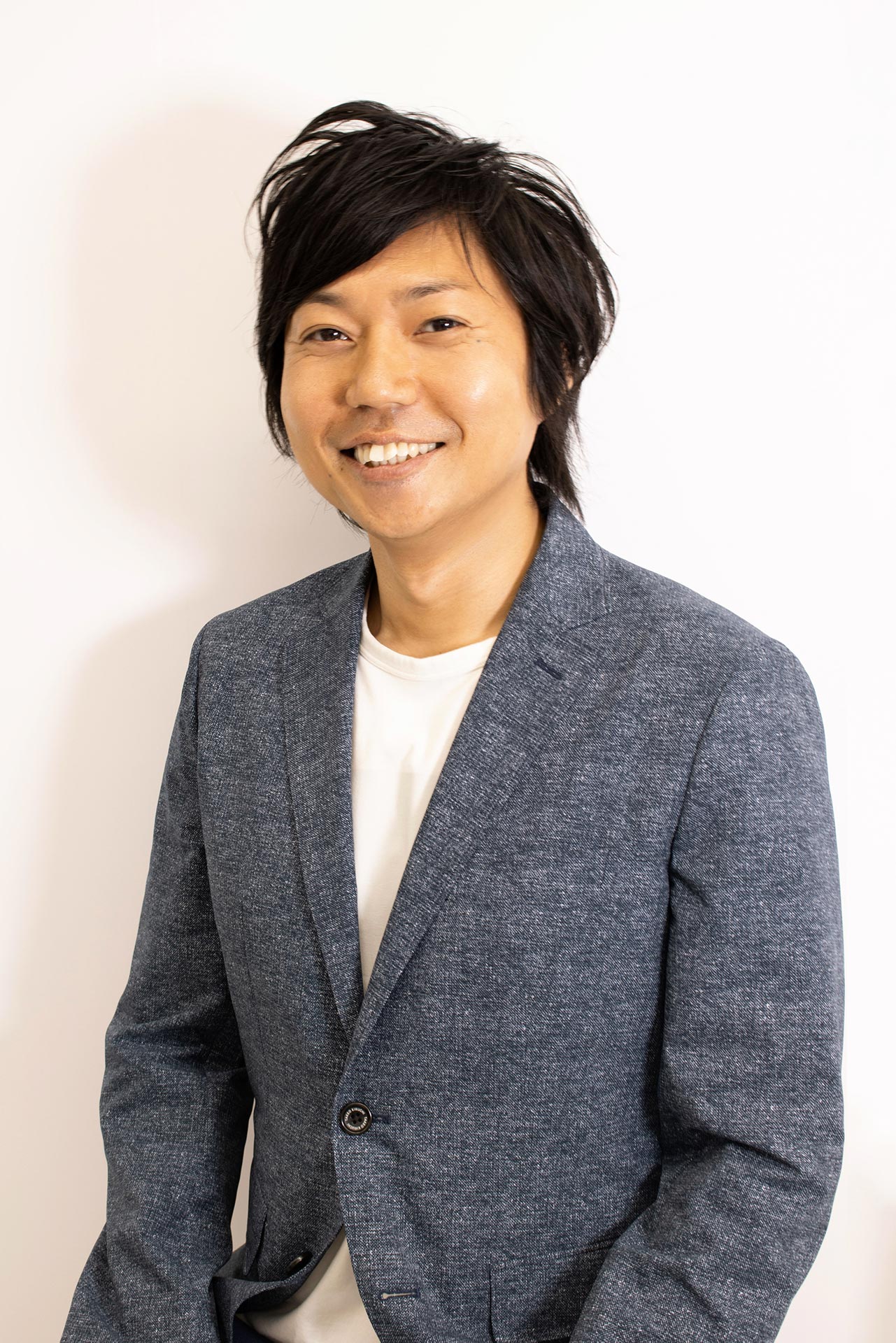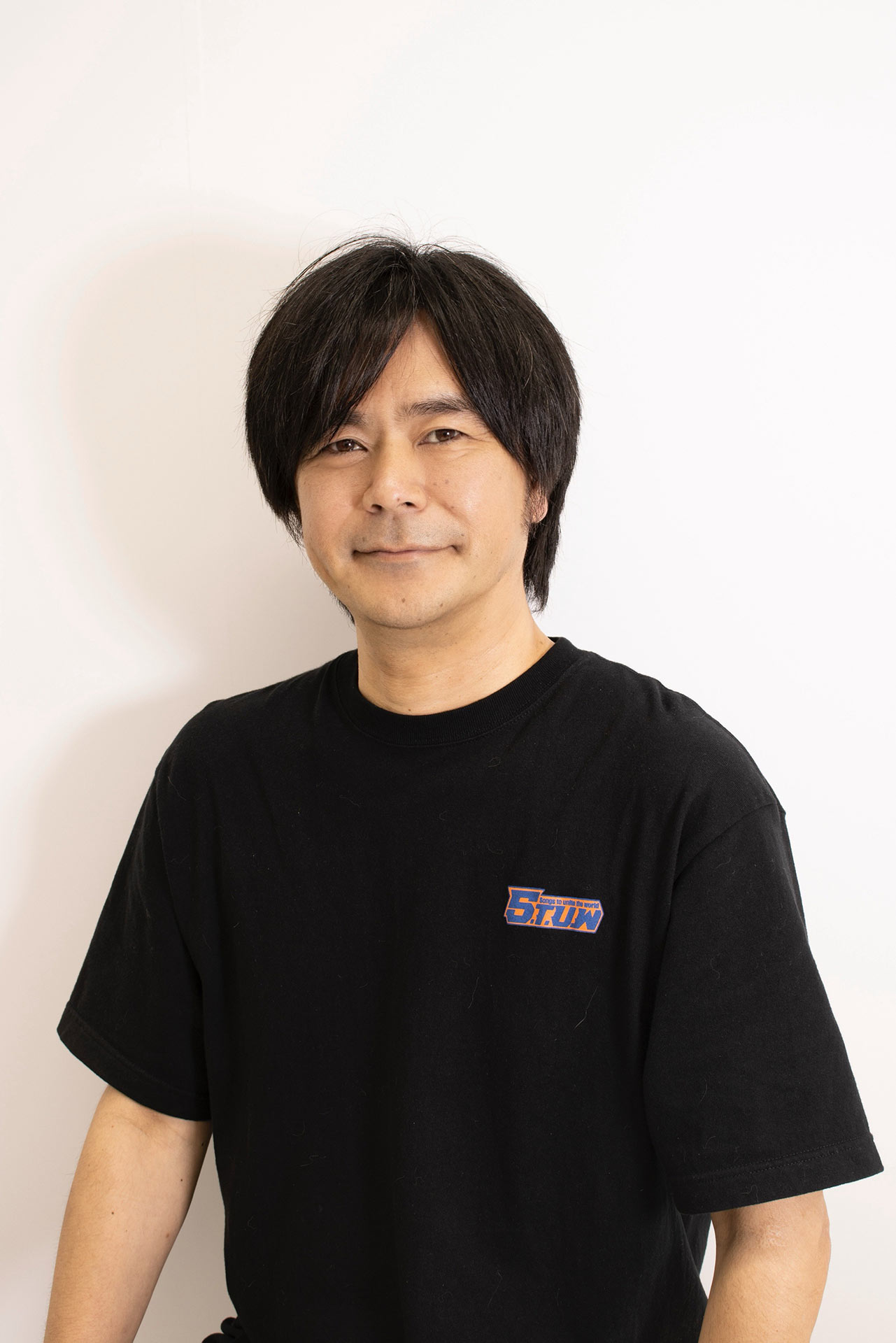After two decades of silence, the legendary Onimusha series is finally making its return. We had the opportunity to interview the key developers behind Onimusha: Way of the Sword to learn about what fans can expect from this highly anticipated comeback.
Leading the charge is Director Satoru Nihei, who joined Capcom in 2009 and has spent over 15 years crafting player and enemy actions for acclaimed titles like Sengoku BASARA, Dragon’s Dogma Online, and Exoprimal. This marks his first directorial project. Alongside Nihei is Producer Akihito Kadowaki, a Capcom veteran since 2007 whose impressive portfolio spans from MARVEL VS. CAPCOM 3 to the Monster Hunter Rise series. Also present during the session was Associate Producer Koichi Shibata, who has been instrumental in the project’s development since joining Capcom in 2013, though he observed rather than participated in the interview responses.
Together, this experienced team shared insights about the challenges of resurrection, the bold creative decisions that define Way of the Sword, and why now was finally the right time to awaken the legendary oni once more.
Why Now? The 20-Year Wait Explained
The gap between Onimusha: Dawn of Dreams and this new entry wasn’t due to lack of interest. “There had long been internal discussions and desires to create a new Onimusha title, and those voices never faded,” explains Producer Kadowaki. The challenge was finding the right time and resources.
“However, due to other projects taking development priority and the increasing need for a large development team, it was difficult to get started,” Kadowaki continues. The stars finally aligned in early 2020 when core team members became available and Capcom’s RE Engine had matured enough to support their vision.

One of the biggest changes fans will notice is the shift from the traditional Sengoku period to the early Edo period. This wasn’t just a cosmetic change – it was essential to the story the developers wanted to tell.
“Since this is a completely new title, we’ve reexamined and rebuilt the world setting from the ground up, including the lore of the Genma,” says Director Nihei. The choice of Miyamoto Musashi as the protagonist was deliberate. “We wanted to portray a gritty, grounded depiction of a real samurai in battle. That’s why we chose Miyamoto Musashi—an iconic figure who embodies that ideal.”

The Edo period setting also allows for more storytelling freedom. “When setting a story in the Sengoku period, characters often end up being samurai serving a specific lord or nation. However, Musashi lived freely during the Edo period, and that independent lifestyle aligned perfectly with the kind of story we wanted to tell,” Nihei explains.
Classic Mechanics Meet Modern Design
Fans worried about losing the series’ identity can breathe easy. The developers have carefully balanced preserving classic elements while updating the experience for modern audiences. The iconic Chain Issen system returns, evolved from its Dawn of Dreams origins.
“Elements from past Onimusha titles will also appear in this game, either evolved or reimagined,” Nihei confirms. Soul absorption and the signature Issen attacks remain core to the experience, but new mechanics have been added to keep things fresh.

“As we set out to create a new Onimusha title for the first time in 20 years, we spent a great deal of time carefully considering which elements to change and which to preserve,” Nihei says. The team is developing the game to strike a balance between honoring the series’ legacy and meeting modern gameplay expectations.
Combat Focus: The Way of the Sword
Unlike previous Onimusha games that featured multiple weapon types, Way of the Sword takes a more focused approach. “Because we are fully committed to crafting sword-based action, the primary weapon in the game is the sword alone,” Nihei explains.
However, this doesn’t mean combat lacks variety. By gathering Blue Souls, players can unleash powerful critical attacks using special skills. “For example, the dual swords shown in PV1 and the pair of hammers revealed in PV2 are part of these special weapons, and there are still more types to be discovered,” Nihei teases.

The new system replaces the traditional Magic Attack feature with something more integrated into the core gameplay. “There’s also a new mechanic reminiscent of the Magic Attack—a feature previously activated by charging Oni power. In this game, by gathering Blue Souls, players can unleash powerful critical attacks using special skills.”
Exploration and The Mystery of the Gauntlet
While traditional fixed-screen puzzles are gone, the game still encourages exploration and problem-solving. The new Oni Vision ability allows players to discover hidden elements throughout their journey.
“While the game doesn’t feature traditional puzzle elements that are confined to fixed screens, it does offer experiences that encourage exploration and problem-solving,” Nihei explains. “The game is designed to let players solve mysteries and experiment as they progress through the stages, creating a more immersive and engaging experience.”
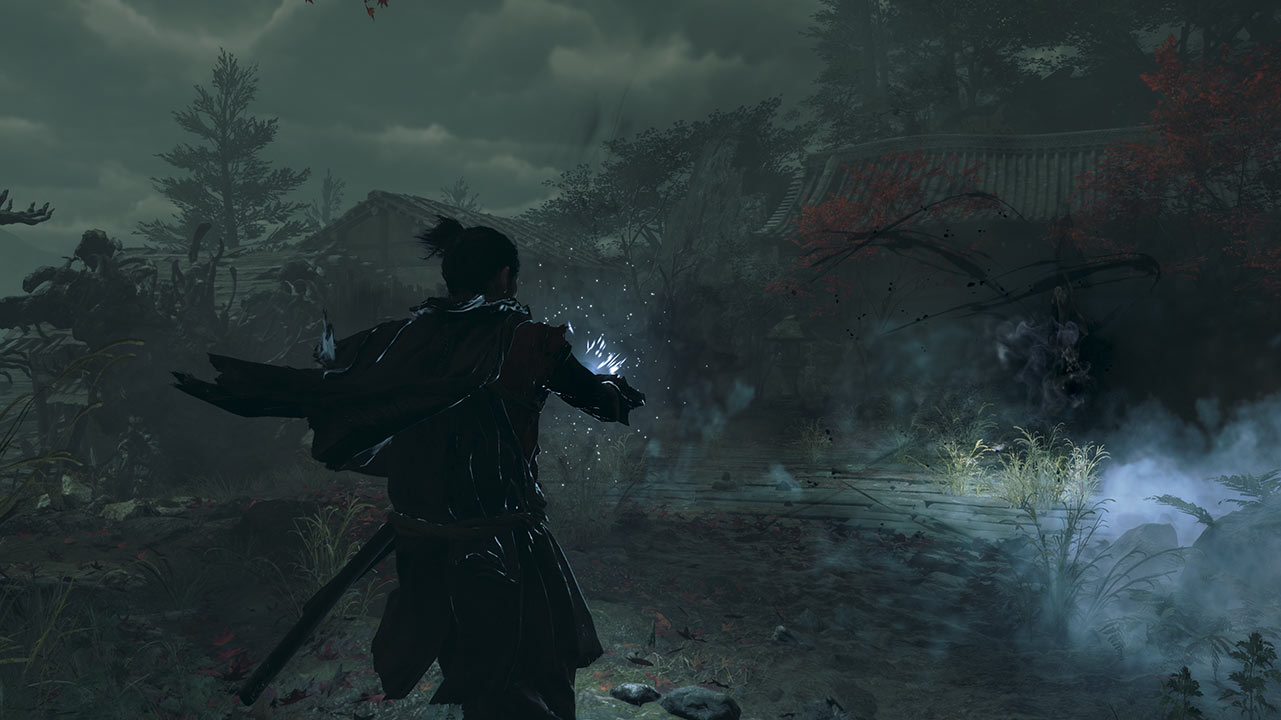
One of the most intriguing elements revealed is the gauntlet that serves as Musashi’s ally. Inside this mysterious item is a woman whose presence remains unexplained.
“Inside the gauntlet, there is a woman who is there for some unknown reason. As shown in the footage when absorbing the Black Soul, she briefly awakens at that moment,” Nihei reveals. The woman’s role appears to grow more significant as Musashi continues to absorb souls throughout his journey.
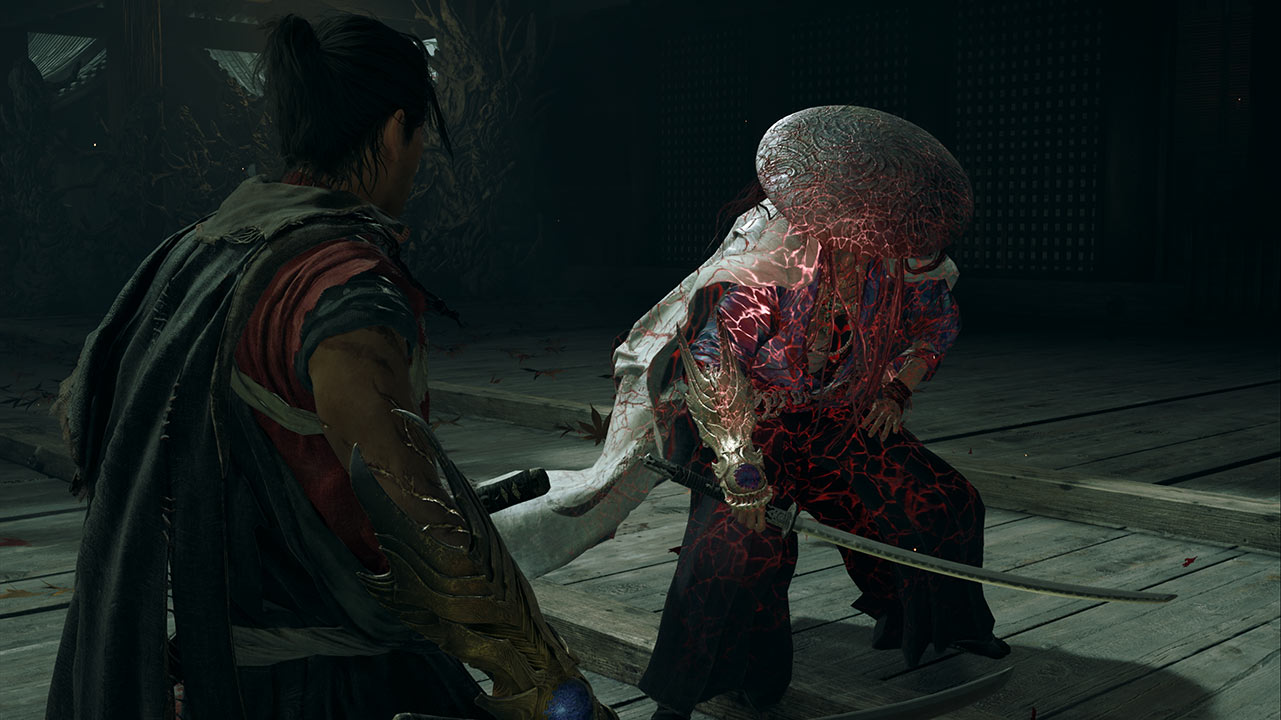
“She will play a significant role in the story moving forward, but for now, we ask you to wait for further updates,” Nihei adds, keeping the mystery alive for now.
Director’s Vision
For Nihei, this marks his first time directing a major project, bringing his experience from various action games to bear on this beloved franchise. “Having created action games set in various worlds such as the Sengoku period, high fantasy, and sci-fi, my strength lies in crafting character actions that fully leverage the unique features of each setting.”
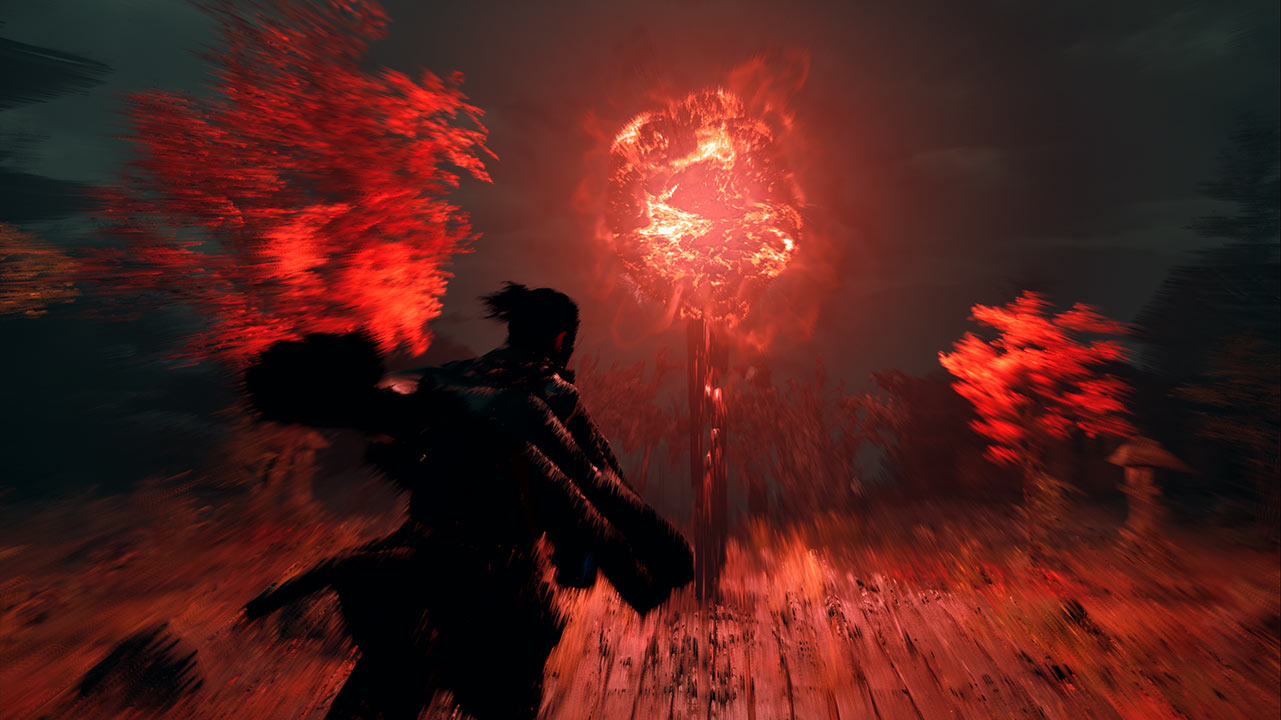
This experience has shaped the game’s unique approach. “This experience has influenced the creation of this game’s distinctive blend of realistic samurai action and a dark fantasy world,” Nihei explains. The team has been particularly focused on motion capture for both action sequences and cutscenes to ensure authentic expression.
Onimusha: Way of the Sword represents both a return to form and a fresh start for the series. With its blend of classic mechanics and modern design, focused combat system, and mysterious storyline, it aims to satisfy longtime fans while welcoming newcomers to the world of supernatural samurai action.







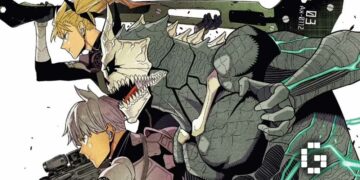
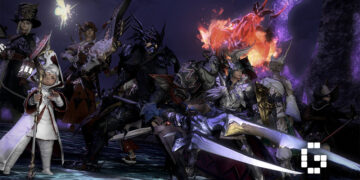


![[EXCLUSIVE] Creative Masterminds from Gearbox Software Reveal What Makes Borderlands 4 Worth the Wait](https://cdn.gamerbraves.com/2025/07/Borderlands-4-at-Bilibili-World-2025_Interview_FI-360x180.jpg)


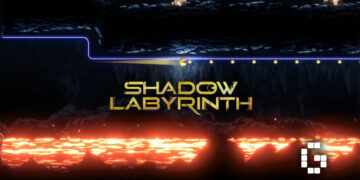

![[ASIA EXCLUSIVE] Bringing Back a Classic: Inside the Making of FINAL FANTASY TACTICS – The Ivalice Chronicles](https://cdn.gamerbraves.com/2025/06/FFT-Ivalice-Chronicles_Interview_FI2-360x180.jpg)



